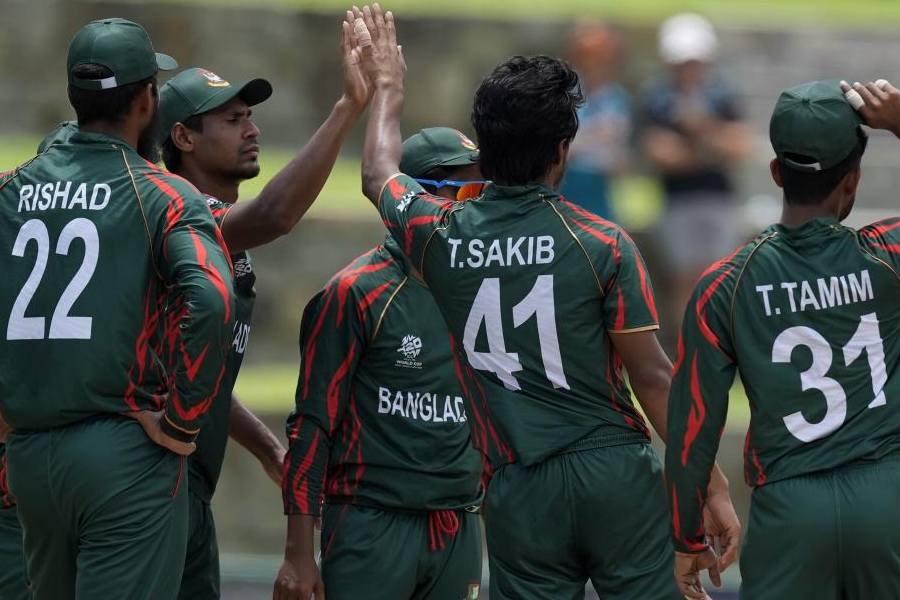Ranchi, Feb. 6: Have money, can’t spend. The 2013-14 fiscal may be ending with a first-time chief minister at the helm of Jharkhand, but the state is in the ever-familiar territory of too much unutilised plan funds and too little time to spend it, a scenario where development projects are the first casualty.
Busy with coalition pull-and-push compulsions, including the recent Sabita Mahto furore, Hemant Soren’s government could spend only some Rs 5,700 crore of Rs 16,800 crore of central and state funds earmarked for this fiscal till February.
A high-level review meeting of 22 departments chaired by chief secretary R.S. Sharma yesterday brought to the fore that only one-third funds were utilised in the fiscal.
Sharma apart, state finance secretary A.P. Singh, planning and development secretary D.K. Tiwari and secretaries and top officials of the 22 government departments, which together hold 83 per cent of the total plan funds in 2013-14.
So far, most of these departments have spent far less than even 50 per cent of funds.
It belies the basic premise of the JMM-Congress-RJD coalition, which had defended its existence last July by harping on speeding up development work.
Hemant as well as senior Congress and RJD leaders had constantly reminded citizens that they had too much to do in their truncated tenure before the 2014 Assembly elections.
A look at the fund utilisation percentages across departments (see chart) shows how deep-seated the problem is.
Utilisation was so poor in panchayati raj department that it got only some Rs 40 crore against its central funding of Rs 500 crore under Backward Region Grants Fund.
The central corpus is considered an important tool to fight Naxalism with holistic development in the form of roads, bridges, vocational training institutes and the like.
The performance of water resources department, important for a state with erratic and untimely monsoon and dominant rain-dependent agriculture, is also telling. The department was completely unable to utilise Rs 700 crore central funds granted under Accelerated Irrigation Benefit Programme (AIBP) for the mammoth Subernarekha Multipurpose Project (SMP).
When The Telegraph spoke to a finance department bureaucrat, he admitted the exact amounts earmarked for each department was difficult to say.
But he added that utilisation of central sector funds and additional central assistance had been extremely poor.
“The urban development department, responsible for JNNURM projects, is one of the laggards in utilising additional central assistance,” he said.
Food and civil supplies department, which hands out subsidised foodgrain to 35 lakh-plus BPL families, has utilised so far only around 46 per cent funds.
The labour department, which distributes old-age pensions, among other tasks, has also used 46 per cent funds.
Still, it is much higher than the 19 per cent clocked by welfare department, which is entrusted with distributing stipends and scholarship to school and college students.
Though the state HRD department has put up a better show as far as funds utilisation percentages go — 47, 56 and 65 per cent utilisation respectively for primary, secondary and higher education — there is more than what meets the eye, say insiders.
“We are neither sure of exact money spent nor of the projects. The HRD department is bereft of two directors in secondary and primary education. Jharkhand universities also do not send utilisation certificates on time for earlier allotted funds,” said a finance official.
Chief secretary Sharma said he directed each department secretary to draft a detailed expenditure analysis so far and surrender plan funds accordingly.
State finance secretary Singh told The Telegraph that efforts were on to ensure the laggards surrendered funds on time so that they could be transferred to departments such as road construction and rural works that need the money for ongoing projects.











